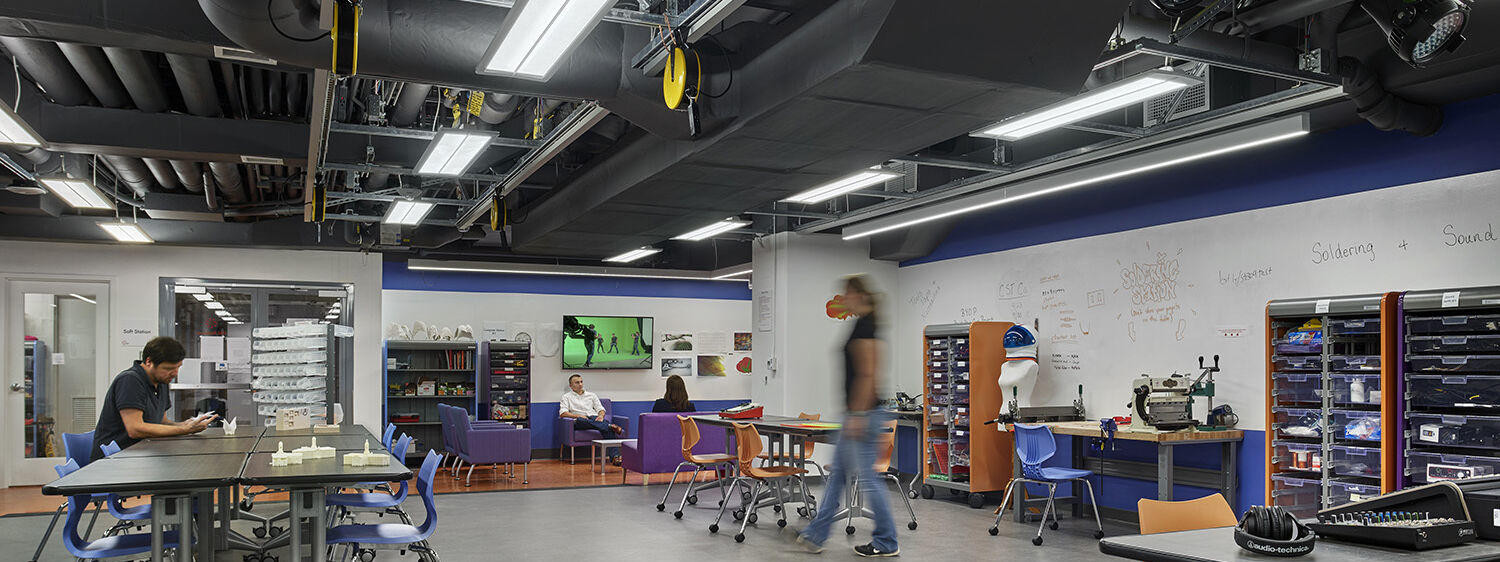CreativeX at Princeton University is where art and engineering meet in a dynamic, “rigorously undisciplined” environment. Our interdisciplinary collective fosters creativity and collaboration, bringing together diverse perspectives to explore new ideas without borders.
The artists and engineers of creativeX embrace the excitement of the unknown. We thrive in the spaces between disciplines, encouraging our members to explore, question, and take risks. This unique platform for experimentation leads to innovative ways of thinking and doing.
We make space for projects to emerge from wide-ranging and unexpected questions. How can collective decision-making models derived from nature guide the choreography of a contemporary dance? What would heat-mapping thermal radiation add to the experience of hearing music? Could the rhythmic movements of robotic sculptures regulate and calm onlookers’ nervous systems? Much of our work is tactile and human-scale, with the potential to transform the way we interact with art and technology.
Our passion and curiosity fuel our commitment to developing a research and teaching agenda that spurs innovation and discovery at the intersection of engineering and the arts. Our open-ended approach shows how embracing creativity’s free-flowing nature and pushing beyond traditional boundaries unlocks new potential.
The consortium was born out of informal lunch gatherings attended by more than a dozen Princeton faculty members working in civil engineering, mechanical engineering, computer science, architecture, visual arts, music, dance, theater, and creative writing, who would share their current projects with the group.
The excitement generated by these discussions led founding director Naomi Ehrich Leonard to advocate for more dedicated opportunities to collaborate.
CreativeX is made possible through a generous grant from Princeton University’s School of Engineering and Applied Science Dean’s Fund, with additional funding from the Department of Music and support from the Lewis Center for the Arts. We thank our valued partner, the Council for Science and Technology, for its critical early and sustained role in incubating ideas and building community.
